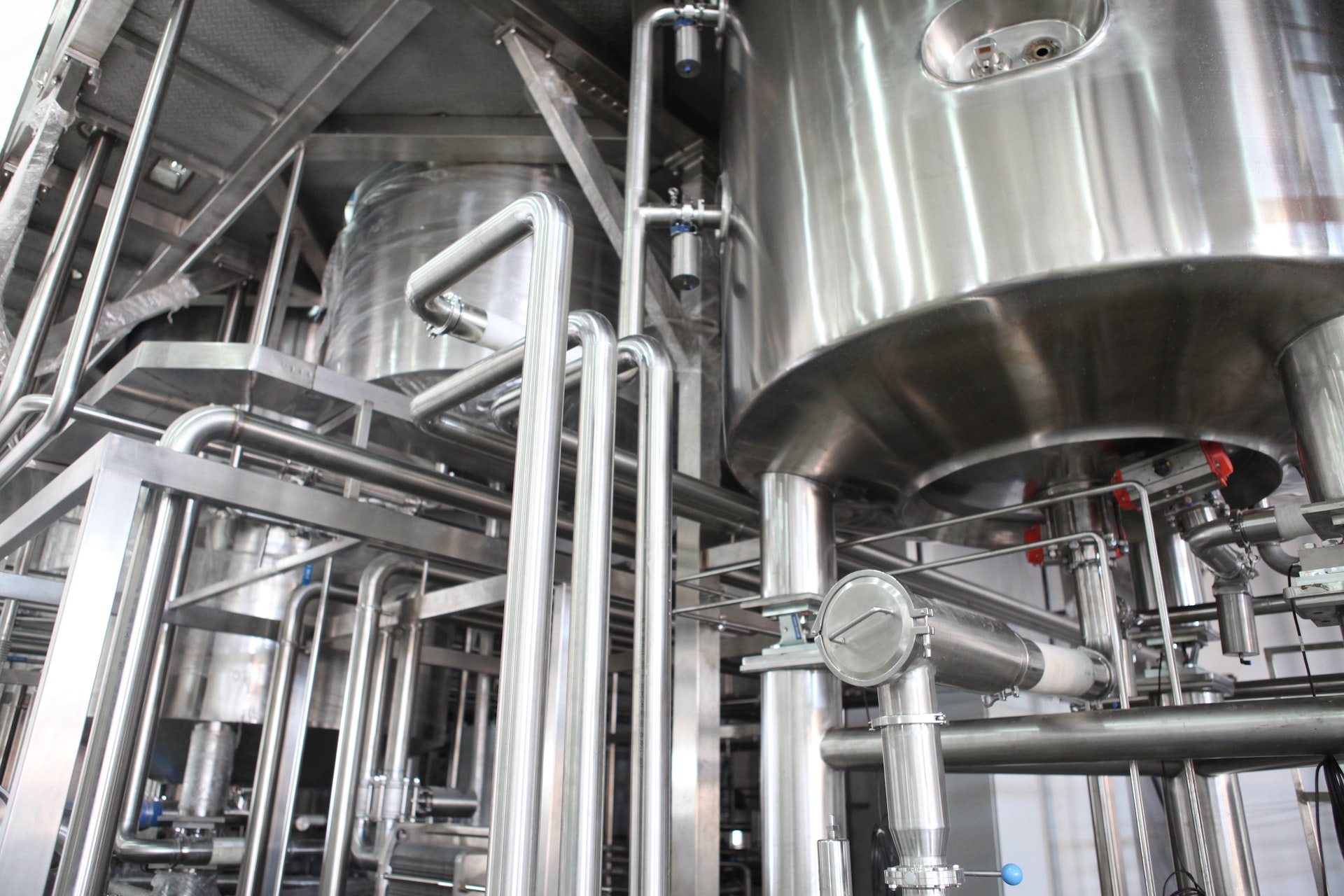An industrial blender is a versatile piece of equipment used in the food industry. Some are used in the food industry, while others are used in the pet food industry. They can be found in large manufacturing companies and are designed for dry and wet solids.
Contents
They are used to emulsify liquids.
The emulsification process involves mixing two or more liquids in a single vessel. Ideally, liquid droplets should be of the same size. If the droplets are too large, the liquid will separate into two or more phases. Alternatively, the mixture becomes too thin if the droplets are too small. The high-shear industrial blenders are highly precise.
High-shear industrial blenders are versatile and can process products with viscosities ranging from 1 to 10000 cps. They are also able to handle large volumes of material. The high-shear head is designed to emulsify different liquids and solids quickly and uniformly. These machines also have a high-shear disintegrator, which can mill solid products into a homogeneous blend.
They are used in pet foods.
Industrial blenders are a key part of pet food processing, blending dry ingredients for various applications. They can be used for both small-batch and large-batch formulations. Typically, these blenders feature double helical ribbons to prepare intermediate pet food formulations. The blender begins by loading the dry raw materials into the horizontal U-shaped trough, where the agitator is gradually ramped up to the desired speed. A full load corresponds to the level of the outer ribbon’s fill line, giving plenty of headroom for vigorous blending. In addition, liquid ingredients can be added through atomizing spray nozzles.
Pet food ingredients typically include cellulose, bean and guar gums, and starches. They are sometimes supplemented with proteins, fat, and yeaIn addition, some food manufacturers add concentrated flavors, minerals, and digests.
They are versatile pieces of equipment.
Industrial blenders can be used to blend a variety of materials. These machines use a combination of speed and strength to produce smooth, even texture. Unlike blenders used in household settings, industrial blenders are durable and can handle continuous use. They can be customized to meet specific requirements.
The more powerful the motor, the smoother and thicker the mixture. Look for a blender under warranty to help you make a better blend. This way, you will be able to get free technical support from the manufacturer, which is essential if you’re unsure how to operate the machine. Some manufacturers advertise peak horsepower on their products, but this measurement is misleading because motors only run at peak horsepower for a brief second when they start and then fall back to their rated horsepower. This rated horsepower is the amount of power a blender can sustain without burning out or becoming inoperable.
Large manufacturing companies make them.
Industrial blenders are essential to many manufacturing processes. Whether it’s making plastics or adhesives, mixing materials is critical to the success of the process. Industrial blenders can help improve the efficiency of the mixing process and produce higher-quality goods.
Often, industrial blenders are made of stainless steel. However, they are also made of other materials. The main parts of a blender are the mixing blades, impellers, and ribbons.
They are easy to clean.
There are several reasons why industrial blenders are so easy to clean. First, they are designed to make large batches of food with broad bases and straight edges. These features make it easier to remove food that gets lodged between the blades. Second, they are durable and can last for ten years or more. Finally, they are also easy to clean. Whether you’re using one for commercial purposes or home use, choosing the right one is essential.
Industrial blenders are an excellent investment for any kitchen. They’re designed to be safe for workers and easy to clean. You’ll want to find a blender that is easy to use, clean, and reliable.
They are made of glass or copolyester.
Industrial blenders are most commonly used in the pharmaceutical, plastics, and food production industries. These types of blenders require a good seal and the right design. Most blenders are made of stainless steel. However, some blenders are also made of cast iron and aluminum. They are typically made with a twin roller press. This method pulls the metal sheet through a series of rollers, forming a U-shape.
Industrial blenders are highly durable, reliable, and versatile. In addition, they offer the highest degree of control and are resistant to chemical damage. Because of their high-tensile steel structure, industrial blenders are a valuable and indispensable part of material production.



